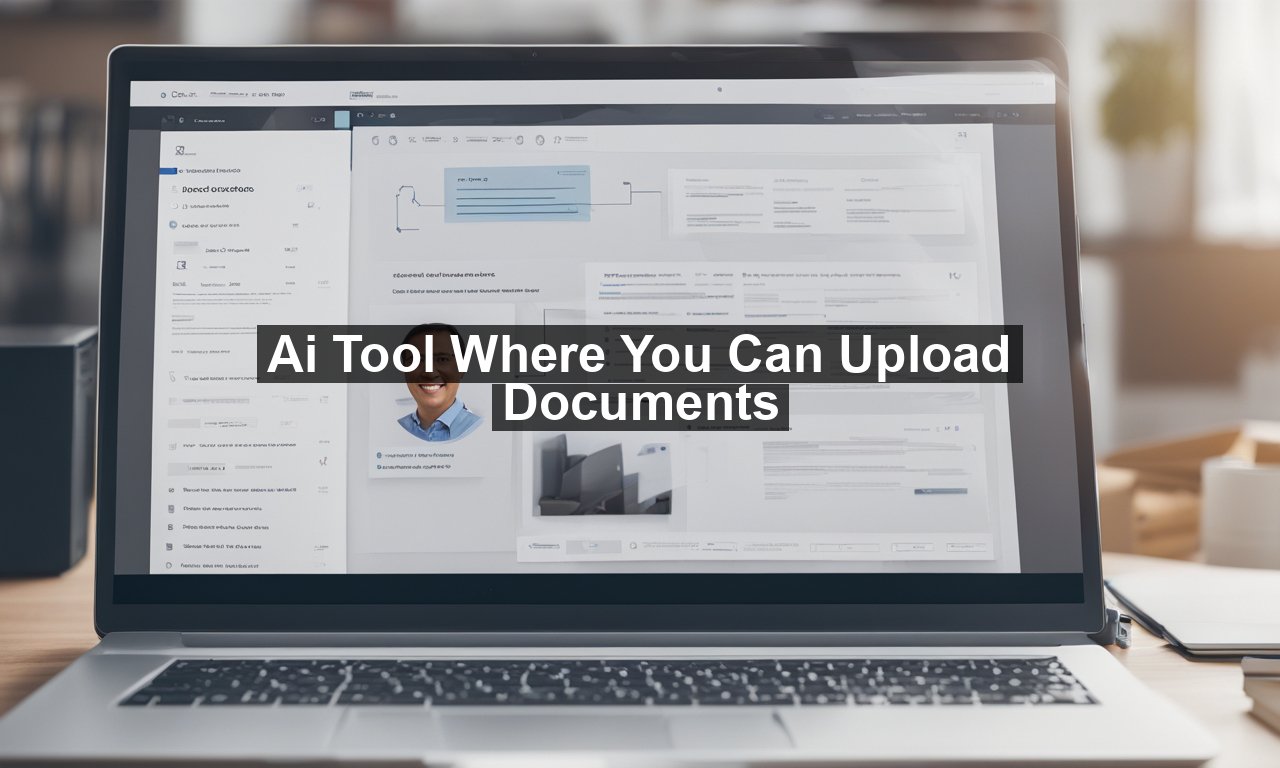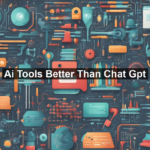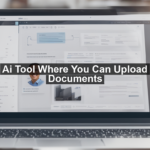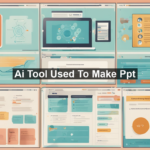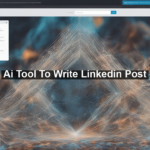Imagine a world where managing your documents is as simple as uploading them to a virtual assistant, which then sifts through the content to provide you with insights, summaries, and even recommendations. Welcome to the realm of AI document tools! These digital wizards are revolutionizing the way we handle information, offering not just storage but also interpretation and analysis that can transform your workflow. In this piece, we’ll dive into the capabilities of AI tools designed for document uploads, explore their benefits, and provide some guidance on how to choose the right one for your needs. Whether you’re a student, a professional, or just someone who deals with a lot of paperwork, understanding these tools can truly make your digital life easier.
Why Use AI Tools for Document Management?
Managing documents effectively is crucial in both personal and professional life. Whether it’s for organization or ease of access, AI tools offer numerous advantages:
- Automation: AI tools can automatically categorize, sort, and label documents, saving you a significant amount of time.
- Searchability: With AI’s advanced algorithms, finding specific information within large volumes of text becomes faster and more accurate.
- Data Analysis: Some tools not only store documents but also perform analysis, provide summaries, and help in data-driven decision-making.
- Cost Efficiency: By reducing human labor in document management, these tools can lead to cost savings in administrative processes.
How Do These AI Tools Work?
The core of AI document tools lies in **machine learning** and **natural language processing (NLP)**. They scan and interpret the content of documents using algorithms that mimic human understanding. Here’s how the process generally unfolds:
1. Document Upload
First, you upload your document. This could be in various formats like PDFs, Word documents, or even scanned images. Some tools use **optical character recognition (OCR)** to convert images into text.
2. Data Processing
Once uploaded, the tool processes the text to identify its structure and context. NLP allows it to understand the nuances of language within the document, breaking it down into digestible parts.
3. Information Extraction
Using pre-defined criteria or AI learning models, the tool extracts key information. For instance, in a contract, it may highlight terms, dates, and parties involved.
4. Analysis and Output
The tool then analyzes the extracted information and provides outputs such as summaries, insights, or even alerts about critical dates and actions. This can be invaluable in sectors like **legal** and **finance** where detail-oriented tasks are common.
Popular AI Tools for Document Management
While there are many tools out there, a few stand out due to their features, reliability, and user-friendly interfaces:
- Grammarly: While primarily known as a writing assistant, Grammarly offers detailed contextual analysis of documents, including readability and tone suggestions.
- Google Cloud Natural Language: An AI service that allows users to extract insights from texts. Google Cloud NL adds value with sentiment analysis and content categorization.
- Adobe Acrobat Pro: This tool is known for its PDF manipulation capabilities, but its AI-driven features help in recognizing form fields and converting scanned documents into editable texts.
Choosing the Right Tool for Your Needs
When selecting an AI tool for document uploads, consider your specific requirements. Here are three key aspects to bear in mind:
Compatibility and Integration
Ensure the tool you choose can easily integrate with other software you use. Compatibility with your existing systems can save time and reduce data transfer issues.
Customization and Flexibility
Look for tools that offer customization options to suit your particular needs. Flexible tools can easily adapt to various tasks and workflows.
Security and Compliance
Data privacy is paramount. Ensure the tool complies with industry standards and regulations, such as GDPR or HIPAA, particularly if you are dealing with sensitive information.
Are There Any Drawbacks?
While AI tools offer numerous benefits, some challenges remain:
- Initial Costs: Advanced AI solutions might involve significant upfront investments.
- Learning Curve: The adoption of new technology can require time and training to achieve maximum efficiency.
- Dependence on Technology: Relying too much on technology can lead to vulnerabilities if systems fail or are compromised.
Embrace the Future of Document Management
AI tools that can handle document uploads are not just trends; they are transformative solutions that can refine the way you manage information. With their ever-improving capabilities, these tools are poised to become indispensable in various fields, enhancing productivity, and precision in document management. The future lies in using technology to work smarter, not harder, and these tools are leading the way.
